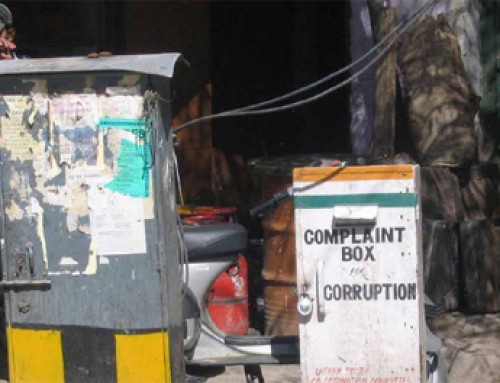Project Description
Structural corruption prevention by the Austrian Federal Bureau of Anti-Corruption takes the form of projects, which generally focus on the structure/organization and workflow, weak points, law and identification of motives. The results of the analysis are the basis for the development of specific preventive measures, which are prepared in cooperation with the department or authority having requested the service.
Description
At the Austrian Federal Bureau of Anti-Corruption (BAK), structural corruption prevention is carried out in the form of projects. The identification of the need for and the formulation of prevention projects is usually based on the analyses of completed cases of corruption.
The projects in the field of prevention are implemented by a multidisciplinary team taking into account legal, sociological, criminological and psychological aspects. Generally, the prevention projects focus on the following: structure/organization and workflow, weak points, law and identification of motives. The results of the analysis are the basis for the development of specific preventive measures, which are prepared in cooperation with the department or authority having requested the service. The implementation of the recommendations will be overseen by the project team.
In order to structure the project different teams of the BAK’s Prevention Unit are involved. Furthermore, the projects are divided according to the necessary process steps as follows:
Key results
Finalised prevention projects usually result in structural or regulatory changes within the department or authority having requested the service, mitigating the risks of corruption or malpractice. In addition, when formulating its recommendations, the BAK usually draws upon best practice examples having been identified in the implementation of earlier prevention projects.
Key lessons learnt
In the course of prevention projects, taking a comprehensive look at organizations is of crucial importance for being able to make effective and efficient recommendations for prevention. Equally important is a firm commitment of the department or authority having requested the service to implement those recommendations. All in all, the BAK’s prevention projects have proved that the implementation of a few, often rather straight-forward, recommendations can have great impact.
Other relevant information
In previous years, a manual on the implementation of projects for the prevention of corruption was developed for internal use in order to implement such projects in a transparent, comprehensible way and according to consistent standards. The implementation of the BAK’s projects is based on the criteria and processes determined in the manual.
Additional information relating to the BAK’s activities described above may be found on the BAK’s website or in the BAK’s annual reports.





